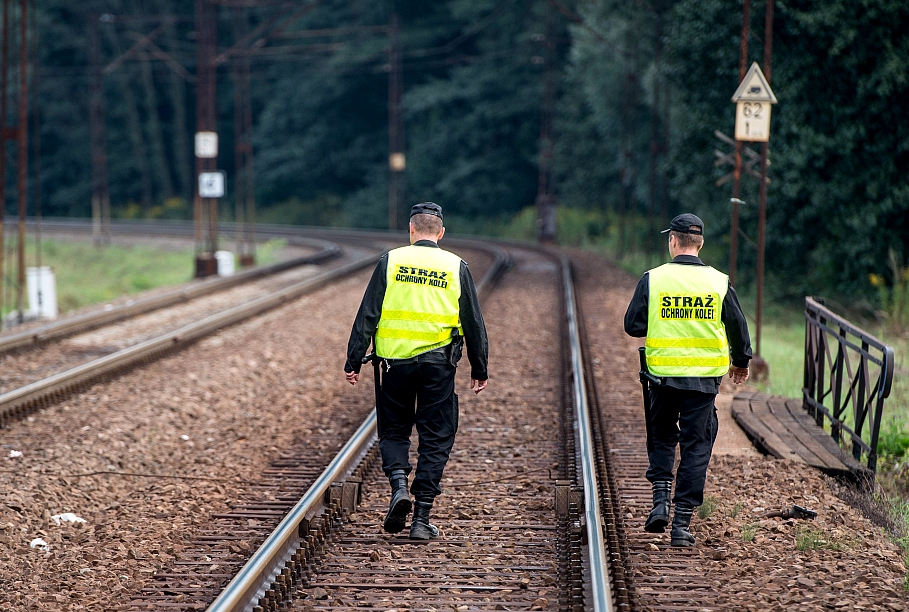Polish national railway company PKP Polskie Linie Kolejowe has signed an agreement with EIB over a €175m loan that, together with national and EU funds, is part of the €611m plan to update two sections of the Warsaw - Białystok route.
More than 100 km of rail tracks is to be brought up to date by way of electrification and overhauling the tracks so that passenger trains will be able to go travel at a speed of 160 km/h and freight trains at 120 km/h.
“PKP Polish Railway Lines S.A. is using funds borrowed from the EIB to improve travel comfort for passengers and the efficiency of freight transport, within, inter alia, the Rail Baltica project – which is an important trans-European transport corridor," said Ireneusz Merchel, head of PKP Polskie Linie Kolejowe.
As the line will be finished it will open a direct transport corridor from Białystok to Germany. Concurrently, PKP Polskie Linie Kolejowe are developing an eastern route towards Grodno, a city in Belarus that lies some 80 km away from Białystok.

Meanwhile the 'real' Rail Baltica route from Białystok to the Lithuanian border - from where an European-gauge track is to run towards Kaunas, Riga and Tallinn - is still in a sorry state.
"PKP Polskie Linie Kolejowe S.A. implements the National Railway Programme [for the period until 2023]," said Ireneusz Merchel upon signing the agreement with EIB.
As reported by LSM, not a single zloty has been earmarked to be spent on developing the Rail Baltica connection at the Polish side of the border with Lithuania. That is despite that €16 billion has been allotted for railway investments by 2023 in the country.
However Poland's Ministry of Infrastructure and Development said last year that if "adequate funds are obtained" by saving on the priority projects, or with money from from the European Connecting Europe Facility fund pool, the Lithuanian connection might be carried out after all.
The current track from Białystok to Trakiszki to Šeštokai spans 204 km with only around half of it electrified, meaning it's not possible to use high-speed trains planned for the Rail Baltica routes. Around a fourth of the track has a speed limit of about 30 km/h and the recently launched Kaunas-Białystok train takes five and a half hours to finish the 240 km route.





























